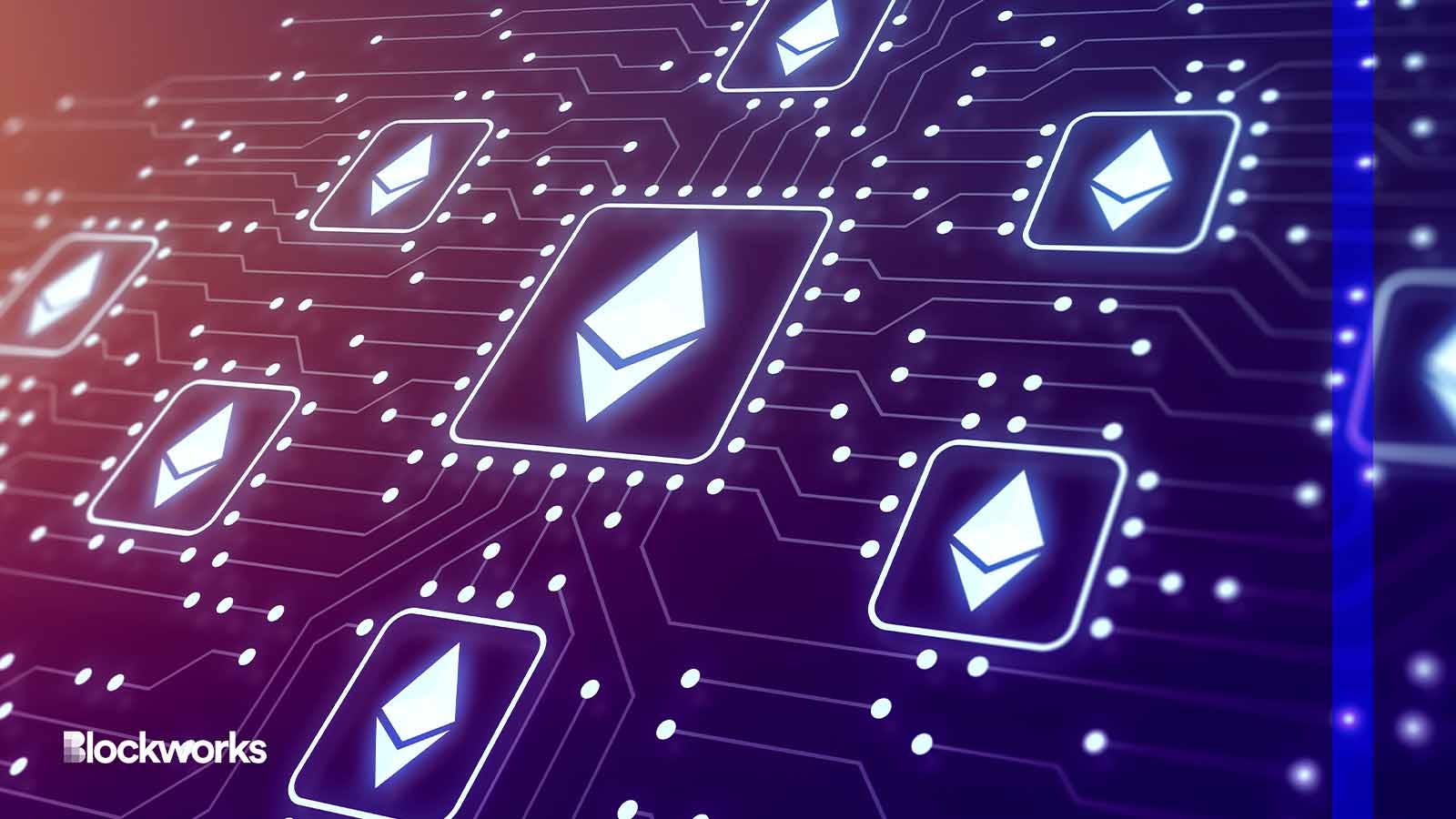Staying optimistic about Ethereum’s optimistic rollups
Although more rollups are joining the L2 race, optimistic rollups still possess the greater share of total value locked

NicoElNino/Shutterstock modified by Blockworks
Ethereum’s layer-2 ecosystems are growing.
To date, nearly 30 different layer-2, or L2, networks have deployed on Ethereum. Recent entrants include Mantle Network and Consensys’ Linea. Projects like Scroll, Taiko and Honeypot are geared up to enter the game.
These second-layer protocols are intended to help scale the network by shifting some of the computational processes off Ethereum itself. For users, this means cheaper and faster transactions compared to how they might proceed on the mainnet.
L2 networks have, over time, become economies of their own, collecting billions of dollars worth of digital assets in locked-up deposits along the way.
Today’s crop of L2 networks chiefly break down into two categories: optimistic rollups and zero-knowledge (ZK) rollups.
Optimistic rollups move user transactions off-chain and then post the data back to Ethereum as “calldata.” Zero-knowledge rollups, on the other hand, also post their transactions off-chain, but they can validate that it is accurate without revealing the information inside.
Of those building optimistic rollups, prominent players in the game are Arbitrum, Optimism, Base and Mantle. The first two, Arbitrum and Optimism, have amassed nearly $9 billion in total value locked (TVL) between the two protocols.
Today’s zkSync-centric rollups include Polygon zkEVM, Starknet, Scroll and Linea.
So optimistic
Today, optimistic rollups are the dominant protocols in the L2 space, according to data from L2BEAT, an information portal for the ecosystem.
Arbitrum currently possesses the highest market share, with a TVL of $5.82 billion.
Arbitrum developer Offchain Labs is still exploring ways for the protocol to become a stage-3 optimistic rollup, according to co-founder and Chief Technology Officer Harry Kalodner. Under that framework, the rollup would be completely run via smart contracts.
“I firmly believe that ZK rollups are much more complicated than optimistic rollups, and the amount of people who actually understand the tech is very tiny,” Kalodner said.
In conversation, Kalodner noted that L2 growth often involves a trade-off between permissionless and accessibility of the technology.
“We want to see everybody who wants to have an Arbitrum chain, have an Arbitrum chain, and we’re balancing that with the competitive realities of the market and being the technical leader,” Kalodner said.
Optimism is the second-biggest rollup, with a TVL of $2.42 billion. Unlike Arbitrum, Optimism’s source code is completely open-source, meaning that anyone can use the code to build their own L2.
Of those, Base Protocol, Coinbase’s decentralized L2 network, has most prominently used the Optimism stack to help build out its so-called superchain vision.
Jesse Pollak, head of protocols at Coinbase, believes that on-chain computation will compete directly with the likes of Amazon Web Services and Google Cloud over the next decade. In his view, future apps will be able to run their own infrastructure at a much higher rate.
“The mental model I have for this is you can think of Base and OP mainnet as a shared compute model where you’re in the same compute environment, then certain apps will scale out of the compute environment…they’re going to be app chains or L3s,” he said.
Pollak notes that Base is focused on maximizing decentralization and security for as cheap as possible.
“The strategy for us is to create an open source code base, that’s standardized, configurable, modular, creates decentralized governance and funding infrastructure that attracts developers and makes them feel like they’re part of something bigger than themselves,” Pollak said.
Pollak added: “This way we have a bottoms-up groundswell of technology that even if it looks a little bit chaotic in the beginning, and maybe a bit slower. In the long run, it ends up being way faster and way bigger.”
Get the news in your inbox. Explore Blockworks newsletters:
- The Breakdown: Decoding crypto and the markets. Daily.
- 0xResearch: Alpha in your inbox. Think like an analyst.






